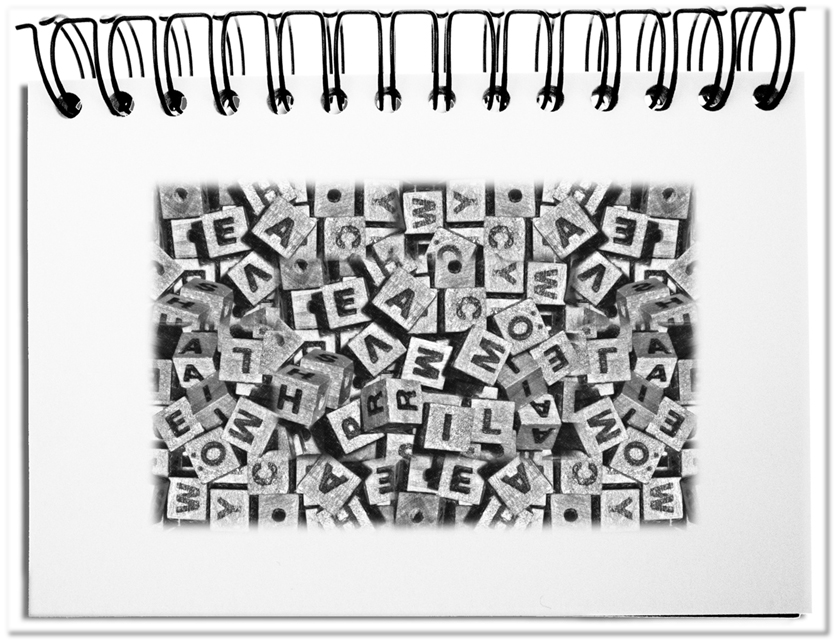It is a long way to transfer thoughts out of the void into a consistent concept. The coherence of the aspects is insufficient to convey it to the audience. With the right understanding of the traits and features of the interest group, you can introduce contents more clearly. The content is thereby the second gateway into the mind of the audience.
The following aspects make contents more understandable and effective.
- Goal
An elaborated concept contains many specifics. The list of details provides meaningful insights only to a few people. Therefore it is favorable to define a goal that you intend to reach with the contents – to convey an overview; to describe a certain area; to create curiosity for a topic. A presentation or a text with a clear goal facilitates better contents for a broad group of people. - Target group reference
Considering the target group characteristics provides a framework for the preparation of contents. Experts are used to navigate through a huge amount of information with table of contents or indexes, in order to get to useful contents. Non-experts need a simple structure and a comprehensible storyline that is not hidden behind technical terms. For this reason you need a concrete idea of the required information of the target group – Which interests exist? On which level of detail? Technical or easy to understand? Objective or emotional? The addressees better understand the message with the appropriate “flight height”. - Core message
With the clear goal and the audience in mind the question about the core messages that you would like to convey arises. In any case you should limit yourself to 5plusminus2 messages, because it will be even difficult for experts to process more chunks. The contents are formulated around these messages. They provide several aspects – the purpose of the message (e.g. conveying facts, requesting something, expressing the own emotions) and the core elements of the message (e.g. objects, procedures, insights). Eventually, the audience can only remember those aspects that they are able to understand and process. - Facts and opinions
Some information is generally well-known and verifiable. These are the facts. Other information is subjective and cannot be proven, but you are convinced of it. These are the opinions. The target group might believe these opinions or not. It is important to clearly differentiate between facts and opinions. Thus, the probability increases that the desired aspects stick to the target group, whether these are facts or opinions. - Procedure
The individual data is not hanging timeless in the space. There is always a logical sequence – the discovery process or the dramatic composition of the story. The explicit description of these aspects enables the audience to better understand the contents and to better remember them. If you would like to create confusion or to produce suspense, it is helpful to create spontaneous, unforeseeable time leaps. It is better for the transfer of knowledge to follow the natural development of the topic, since that way the target group can better remember contents. - Outcomes
The outcomes that were compiled are particularly The more concrete and useful the results are, the easier the attendants internalize the contents. In the end the drawn conclusions, the actual experiences and results are a principal reason for the audience to admit the contents.
Bottom line: Contents are better processed by the target group with the elements above. Discussions get the relevant information in order to get to a productive discourse. At the same time the target audience can better remember contents. Thus, the content is the second gateway into the mind of the audience.

